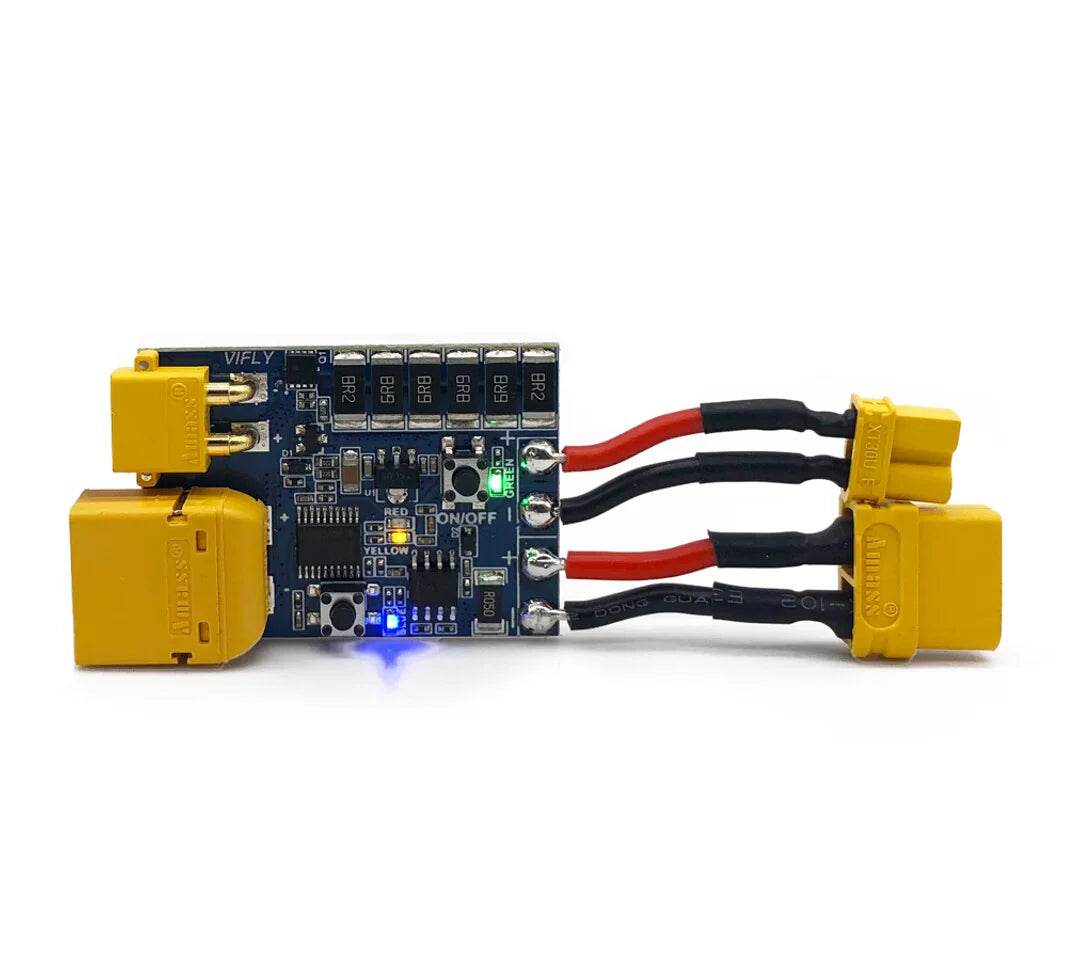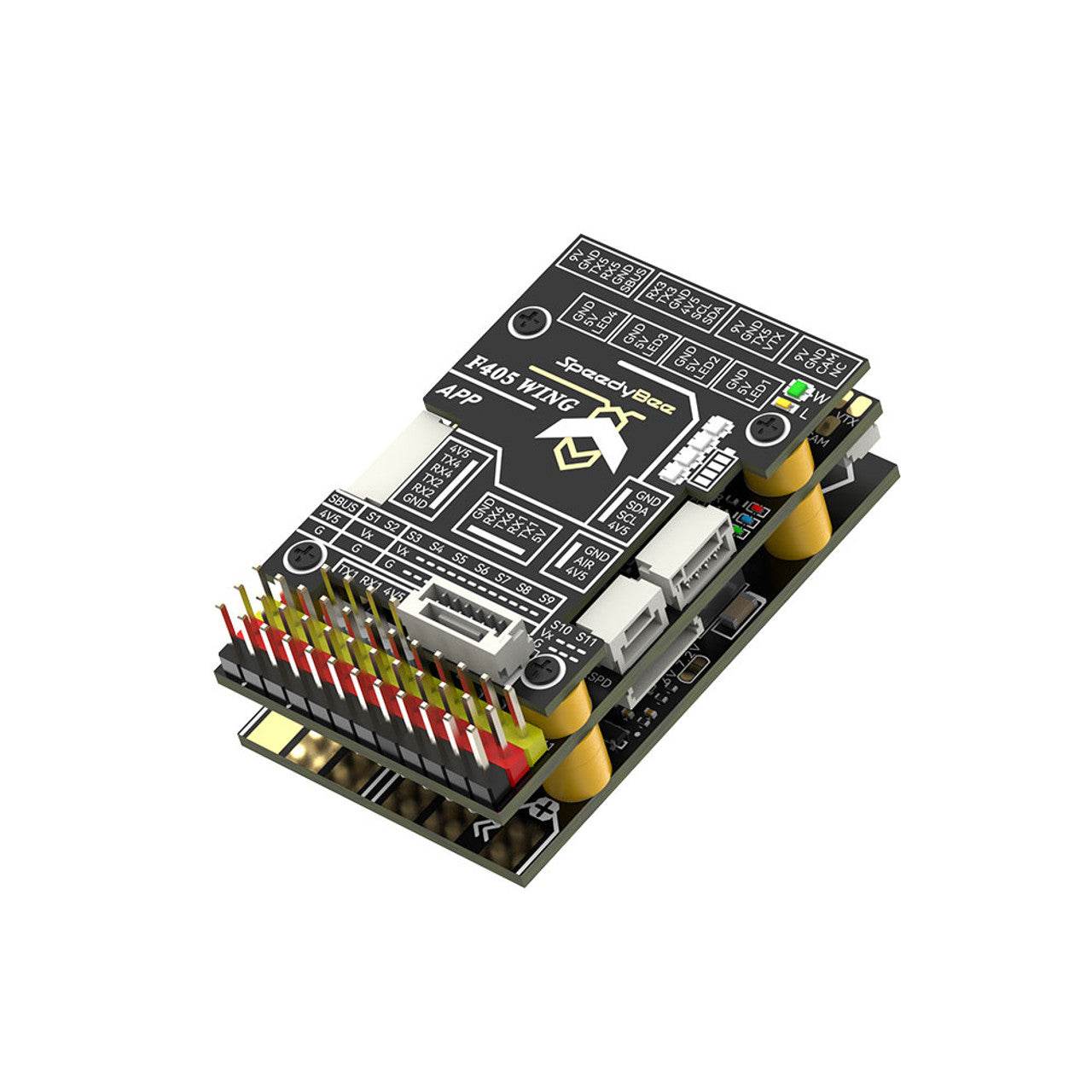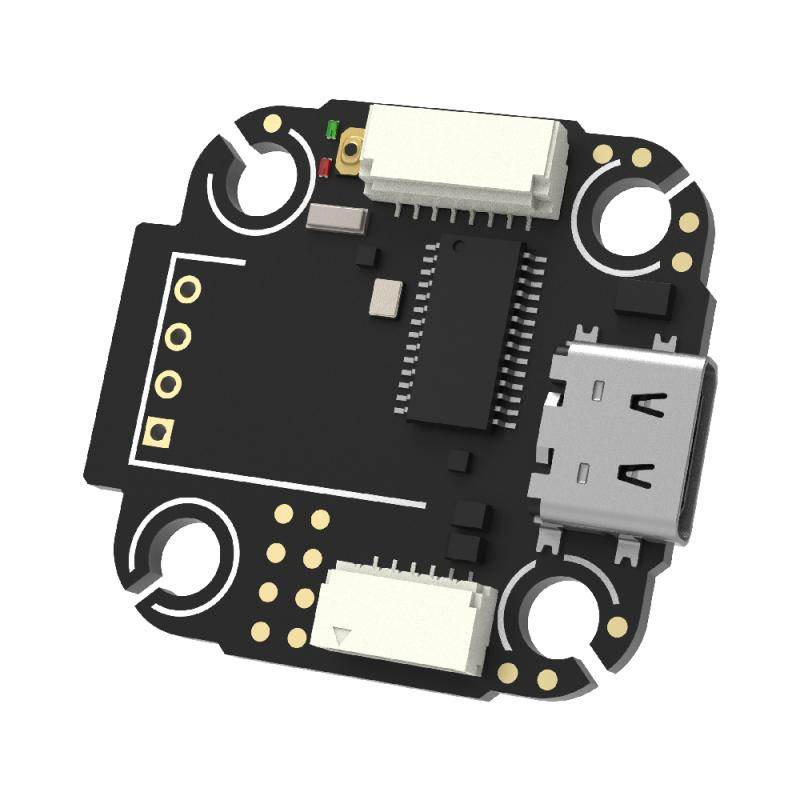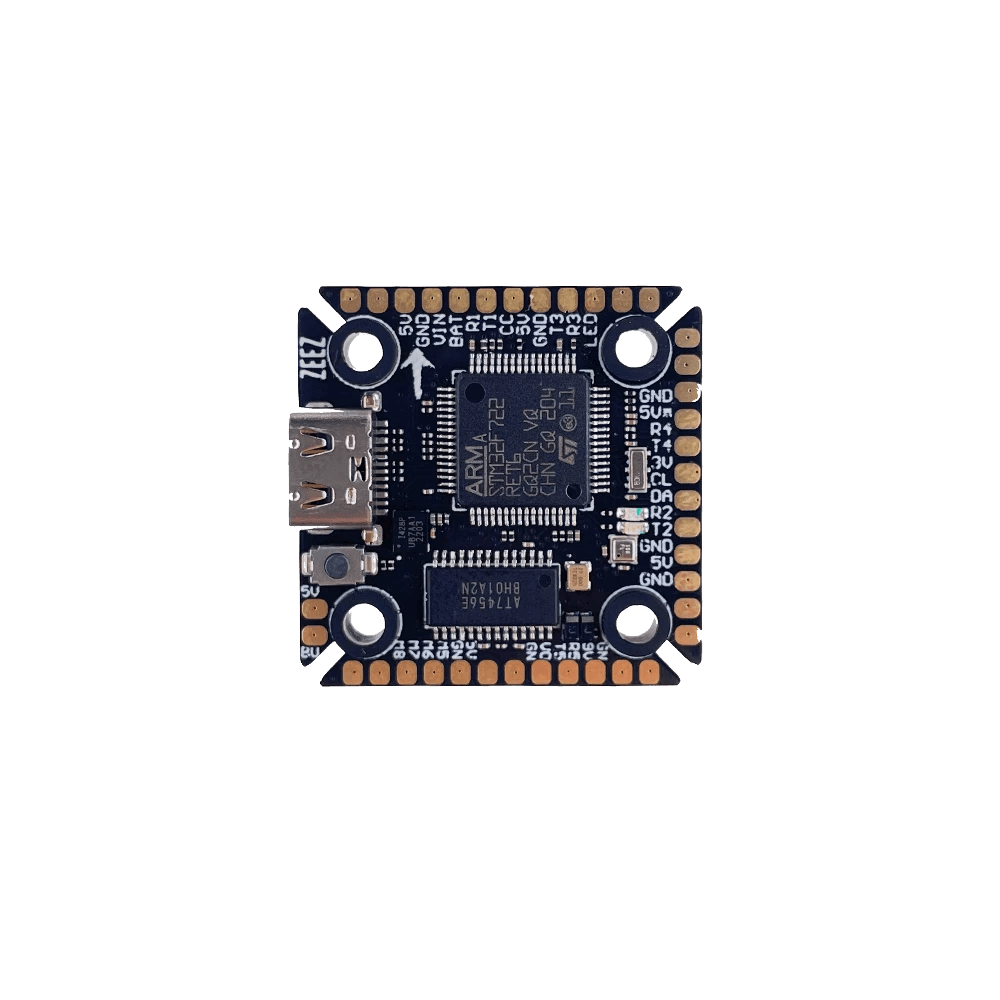Quick Menu
- RISING SUN 3D - ON DEMAND 3D PRINTING
- Ak Interactive
- All Game Terrain
- Ammo by MIG
- Army Painter
- Backpacks and Carrycases
- Bifrost Airbrush Paints
- Coming Soon!
- Connectors
- Chargers
- Gift Cards
- Laser Cutter, Engravers and CNC
- New Items
- Painting Brushes and Tools
- Sale!
- Services
-
- SMS - Premium Acrylic Lacquer Series
- SMS - Pearl Acrylic Lacquer Series
- SMS - Auto Colour
- SMS - Brush Series
- SMS - Cements & Adhesives
- SMS - Colour Sets
- SMS - Colour Shift Acrylic Lacquer Series
- SMS - Crystal Acrylic Lacquer Series
- SMS - DragonAir Airbrushes
- SMS - Effects Acrylic Lacquer Series
- SMS - HyperChrome Series
- SMS - Infinite Colour - Water Based
- SMS - Masking Series
- SMS - Metallic Acrylic Lacquer Series
- SMS - Precision Tools Series
- SMS - Primer Series
- SMS - Thinners, Additives and Paint Remover
- SMS - Weathering Series
- SMS - Wildlife Colours
- STEM
- The Used
- X Class Gear
- Blogs
FC's
51 products
Showing 1 - 48 of 51 products
Flight Controllers (FCs) – The Brain of Your FPV Drone
Take full control of your flight with premium Flight Controllers (FCs) from Rising Sun FPV.
Our collection includes racing, freestyle, and cinematic flight controllers — built for precision handling, reliable stabilization, and feature-packed performance.
We offer trusted brands with the latest processors, firmware compatibility, and tuning options for every level of pilot.
Fly smarter — shop Australia's best FPV flight controllers at Rising Sun FPV today.
Showing 1 - 48 of 51 products
Display
View
Save $6.00


Matrix 1S Brushless Flight Controller (3IN1/4IN1)
Sale priceFrom $41.00 USD
Regular price$47.00 USD
In stock, 13 units
Save $37.00


Flycolor Raptor TR20 Mini Stack - F722 Flight Controller 60A 3-6S BLHeli32 4in1 ESC - 20x20mm
Sale price$107.00 USD
Regular price$144.00 USD
In stock, 6 units
Save $50.00


Flycolor X-Tower 2 F7 Flight Controller Stack w/ Bluetooth LED 60A 3-6S BLHeli32 4in1 ESC - 30x30mm
Sale price$100.00 USD
Regular price$150.00 USD
Only 2 units left
Save $22.00

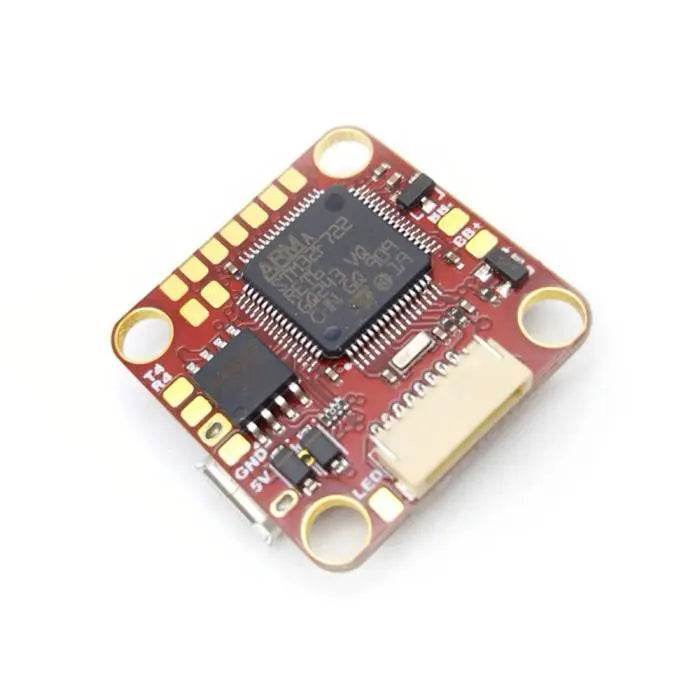
Heli-Nation Talon F7 V2 MPU6000 20x20 Flight Controller
Sale price$35.00 USD
Regular price$57.00 USD
Only 1 unit left


BetaFPV F722 35A AIO Brushless Flight Controller V2 with BLHeli_32 ESC
Sale price$94.00 USD
Sold out
Save $10.00

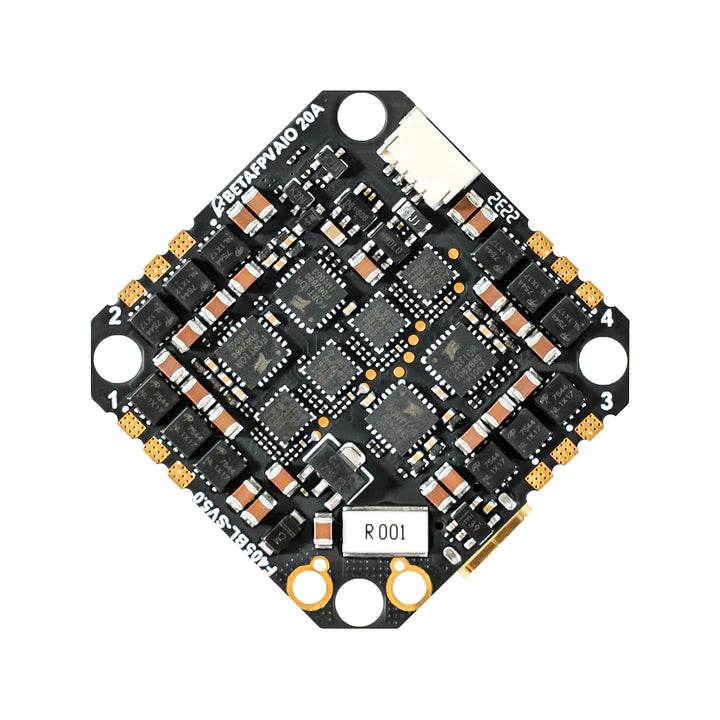
BetaFPV F405 4S 20A Toothpick Brushless Flight Controller V5 BLHeli_S (ICM42688)
Sale price$74.00 USD
Regular price$84.00 USD
In stock, 10 units
Filters (0)
























